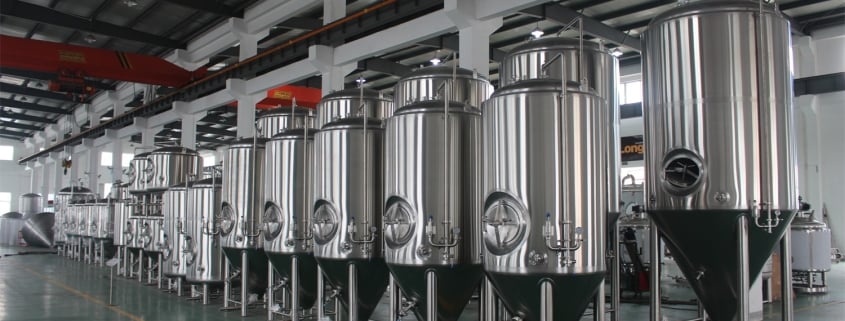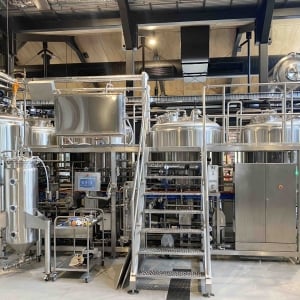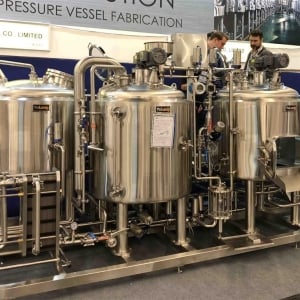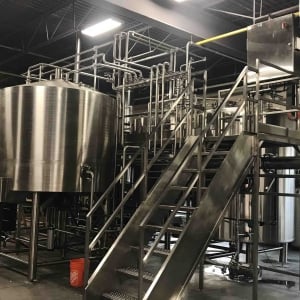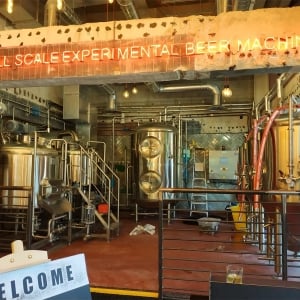How to Optimize Your Brewery’s Efficiency with a 20bbl Brewing System?
As a brewery owner, you’re likely always looking for ways to improve your operations and increase your bottom line. One way to do that is by optimizing the efficiency of your brewing system. With a 20bbl brewing system, you have the capacity to produce large volumes of beer, but maximizing your output and minimizing waste requires careful planning and execution.
In this post, we’ll explore some key strategies for optimizing your brewery’s efficiency with a 20bbl brewing system. From choosing the right equipment to automating your process and maintaining your system, we’ll cover all the essential steps you need to take to get the most out of your brewing operation. So grab a pint and let’s get started!
Why It’s Important for Breweries to Optimize Efficiency
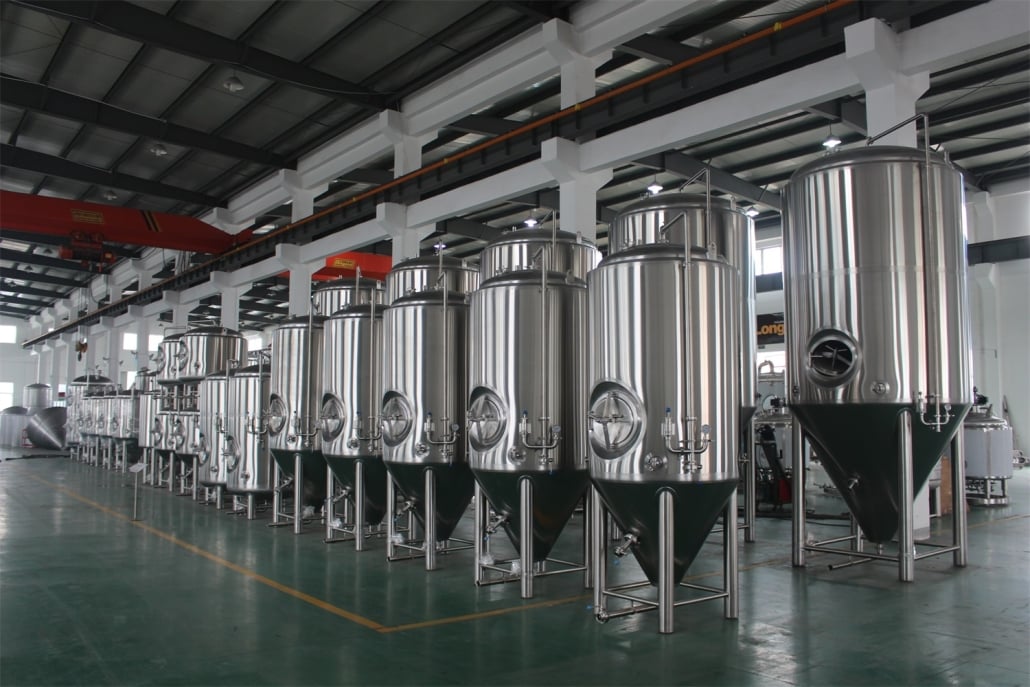
Breweries face a variety of challenges in today’s competitive market, and one of the most significant is optimizing efficiency. By streamlining their operations, breweries can reduce costs, increase production, and improve product quality. With a 20bbl brewing system, the potential benefits of optimizing efficiency are even greater.
For starters, a more efficient brewing system means you can produce more beer in less time, allowing you to keep up with demand and increase your revenue. It also means you can reduce waste and save money on ingredients, energy, and water. In addition, optimizing your brewing system can lead to improved product quality, as you’re better able to control key variables such as temperature, pressure, and flow rate.
But how exactly can breweries go about optimizing their efficiency with a 20bbl brewing system? There are several strategies to consider, ranging from choosing the right equipment to automating your processes and implementing regular maintenance and cleaning schedules. In the following sections, we’ll delve into each of these areas in more detail and provide actionable tips for improving the efficiency of your brewing system.
Understanding A 20bbl Brewing System
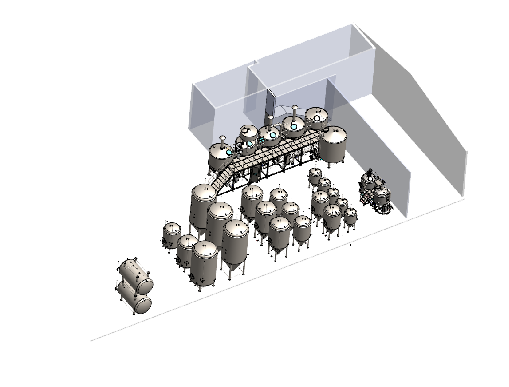
To optimize the efficiency of a 20bbl brewing system, it’s important to have a solid understanding of how the system works and how its components are interconnected. The key components of a 20bbl brewing system include the mash tun, brew kettle, fermentation tanks, and packaging equipment.
The mash tun is where the brewing process begins, as it’s where the malted grains are combined with hot water to create a sugary liquid called wort. The wort is then transferred to the brew kettle, where it’s boiled and hops are added to create the desired flavor and aroma.
Once the boiling is complete, the wort is transferred to fermentation tanks, where yeast is added to begin the fermentation process. During fermentation, the yeast consumes the sugars in the wort and produces alcohol and carbon dioxide. After fermentation is complete, the beer is transferred to conditioning tanks to mature and clarify.
Finally, the beer is packaged into kegs, cans, or bottles using specialized equipment such as a canning line or bottling machine. The packaging equipment is typically connected to the conditioning tanks or a bright tank, which holds the finished beer before it’s packaged.
Overall, each component of the brewing system plays a crucial role in creating high-quality beer efficiently. By understanding how each component works and how they are interconnected, you can identify areas for improvement and optimize your system for maximum efficiency.
Choosing the Right Equipment
Choosing the right equipment is a critical step in optimizing the efficiency of a 20bbl brewing system. When selecting a system, there are several factors to consider, such as the type of beer you plan to brew, your production goals, and your budget.
First and foremost, you’ll need to consider the size and capacity of the brewing system. A 20bbl system is suitable for medium-sized breweries, but you’ll need to ensure it’s the right fit for your production goals. You’ll also want to consider the type of beer you plan to brew, as certain styles may require specific equipment or processes.
Another important factor to consider is your budget. A 20bbl brewing system represents a significant investment, so you’ll need to carefully evaluate your finances and determine what you can afford. Keep in mind that there may be additional costs beyond the initial purchase price, such as installation, maintenance, and upgrades.
When evaluating different manufacturers and suppliers, there are several key criteria to consider. Look for companies with a proven track record of quality and reliability, as well as excellent customer support. You may also want to consider factors such as the availability of spare parts and the level of automation offered by the system.
To ensure you get the best value for your money, it’s a good idea to request quotes from multiple suppliers and compare them based on the above criteria. Don’t be afraid to ask questions or negotiate terms to ensure you’re getting the best possible deal. By taking a thorough and thoughtful approach to choosing your 20bbl brewing system, you can set your brewery up for success and optimize your efficiency for years to come.
Optimizing Your Process
Optimizing the brewing process is crucial for maximizing efficiency in a 20bbl brewing system. There are several best practices to consider, such as reducing waste, improving yield, and minimizing downtime between batches.
One effective strategy is to carefully monitor and control key variables such as temperature, pressure, and flow rate. This can help ensure consistency and quality in the finished product, as well as minimize the risk of spoilage or other issues. Consider investing in automation technology, such as programmable logic controllers or supervisory control and data acquisition systems, to help with monitoring and control.
Another way to improve efficiency is by reducing waste. This can be accomplished by optimizing ingredient usage, minimizing water usage, and finding ways to reuse or recycle materials whenever possible. Consider implementing a waste reduction program and tracking your progress over time.
Improving yield is another important strategy for optimizing efficiency. This can be achieved by maximizing the extraction of fermentable sugars during the mashing process, optimizing the boiling process to ensure complete hop utilization, and carefully monitoring the fermentation process to ensure maximum alcohol production.
Finally, minimizing downtime between batches is essential for maximizing production and efficiency. Consider implementing standard operating procedures, scheduling regular maintenance and cleaning, and investing in backup equipment to ensure you can quickly resume brewing in the event of a breakdown or other issue.
By implementing these best practices, you can optimize your brewing process and achieve maximum efficiency with your 20bbl brewing system.
Automating Your System
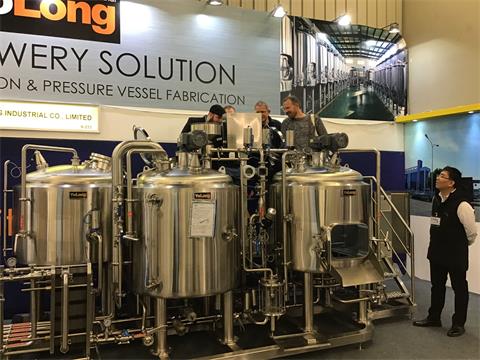
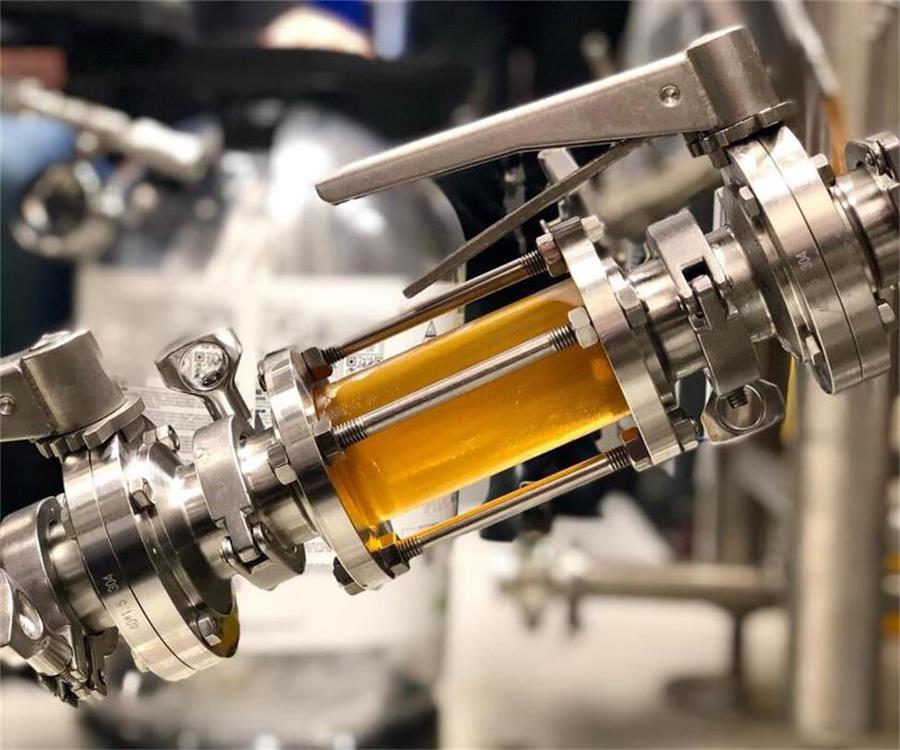
Automation technology can be a game-changer for breweries looking to optimize their operations and increase efficiency. By automating key processes, breweries can achieve increased accuracy, consistency, and efficiency.
One of the primary benefits of automation is increased accuracy. Automation technology can precisely control variables such as temperature, pressure, and flow rate, ensuring consistency in the finished product. This can lead to improved product quality and customer satisfaction.
Another benefit is increased efficiency. Automation can help streamline processes, reduce waste, and minimize downtime between batches. This can ultimately lead to increased production and revenue for the brewery.
There are several types of automation technology available for brewing systems. Programmable logic controllers (PLCs) are a common option, as they can be programmed to control various processes and equipment. Supervisory control and data acquisition (SCADA) systems are another option, providing real-time monitoring and control of various components in the brewing system.
Other types of automation technology include flow meters, which can measure the flow rate of liquids in the system, and sensors, which can provide data on various variables such as temperature and pressure.
When considering automation technology, it’s important to choose the right system for your specific needs and budget. Factors to consider may include the complexity of your brewing system, the level of automation required, and the availability of support and maintenance.
Overall, automation technology can be a valuable tool for breweries looking to optimize their efficiency and stay competitive in today’s market.
Conclusion

In conclusion, optimizing the efficiency of a 20bbl brewing system requires careful consideration of several key factors, including equipment selection, process optimization, and automation technology. By implementing best practices and utilizing the right technology, breweries can increase production, reduce costs, and improve product quality.
Thank you for reading this blog about 20bbl brewing systems. If you’re looking for a high-quality, durable, and easy-to-use 20bbl brewing system, we recommend the brewing equipment brand Yolong Brewtech. Yolong brewing equipment has a good reputation in the market, and their products’ quality and reliability have stood the test of time. To learn more, visit our product page and browse our brewing system products.

